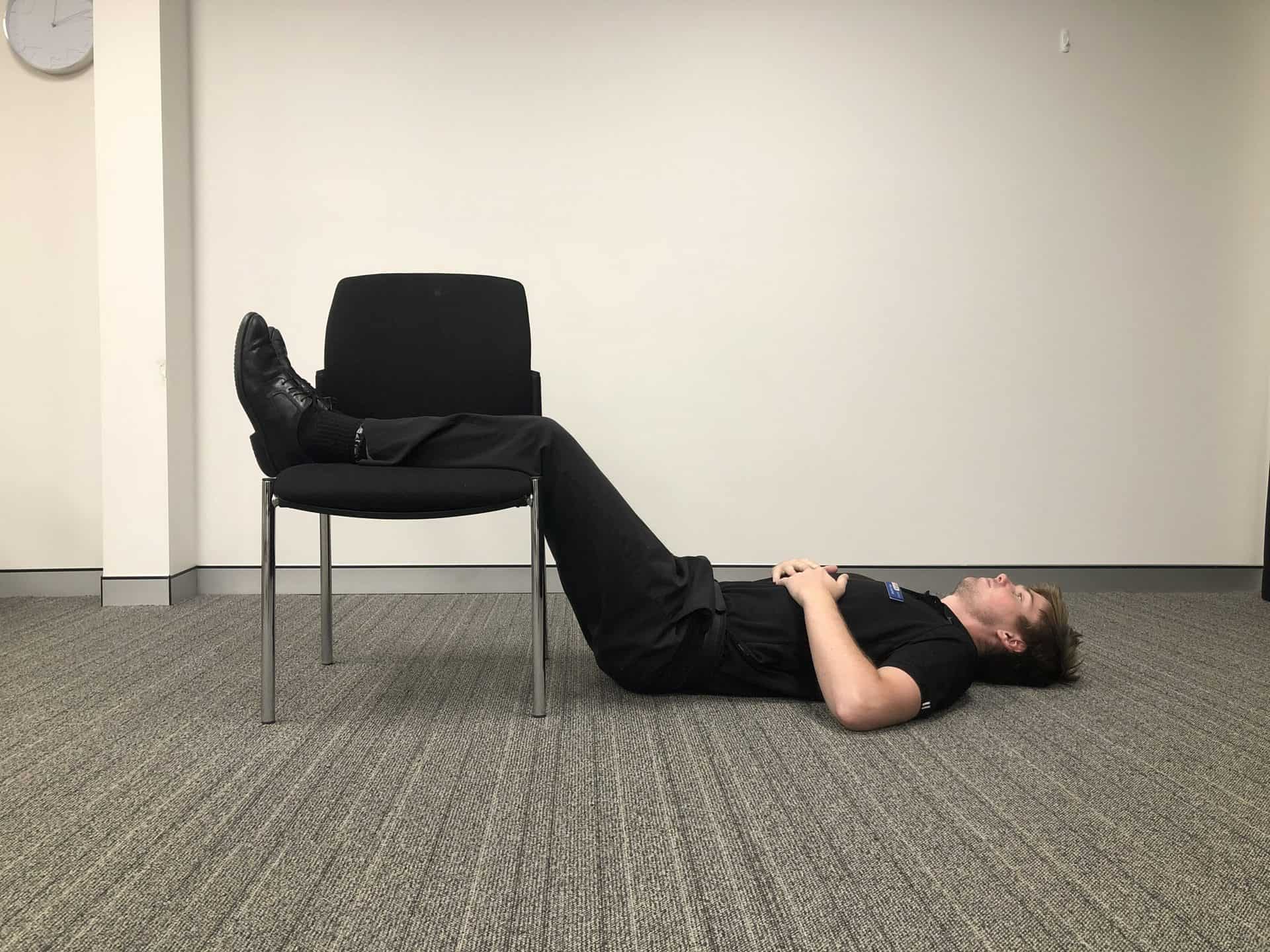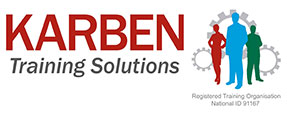FIRST AID ESSENTIALS
SHOCK
Shock is the body systems response to trauma. It is a loss of effective circulation resulting in impaired tissue oxygenation and nutrient delivery which causes life-threatening organ failure.
Shock can be made worse by pain, fear or other physiological responses to incidents.
Signs and symptoms
Early recognition of the seriously ill or seriously injured person should alert the first aider to the risk of developing shock.
The symptoms, signs and rate of onset of shock vary widely depending on the nature and severity of the underlying cause. Shock is a condition that can be difficult to identify.
Symptoms may include:
- Dizziness
- Thirst
- Anxiety
- Restlessness
- Nausea
- Breathlessness
- Feeling cold, shivering or chills.
- Extreme discomfort or pain
Signs may include:
- Collapse
- Rapid breathing
- Rapid pulse which may become weak or slow
- Fever or abnormally low temperature
- Cool, sweaty skin that may appear pale or discoloured
- Skin rash
- Confusion or agitation
- Decreased or deteriorating level of consciousness
- Vomiting
- Decreased urine output
Management
- Ensure safety of all at the scene
- Lie the person down. If unconscious place the person on their side (ANZCOR Guideline 3).
- Control any bleeding promptly (ANZCOR Guideline 9.1.1).
- Send for an ambulance.
- Administer treatments relevant to the cause of the shock.
- Administer oxygen if available and trained to do so.
- Maintain body temperature (prevent hypothermia).
- Reassure and constantly re-check the person’s condition for any change.
- If the person is unresponsive and not breathing normally, follow the Basic Life Support Flowchart (ANZCOR Guideline 8).

This video is owned by © Mesa Fire and Medical Department.
ARC Guidelines and Related Links
ANZCOR Guideline 3 – Recognition and First Aid Management of the Unconscious Victim
ANZCOR Guideline 8 – Cardiopulmonary Resuscitation
ANZCOR Guideline 9.1.1 – First Aid for Management of Bleeding
ANZCOR Guideline 9.2.3 – Shock: First Aid Management of the Seriously Ill or Injured Person
